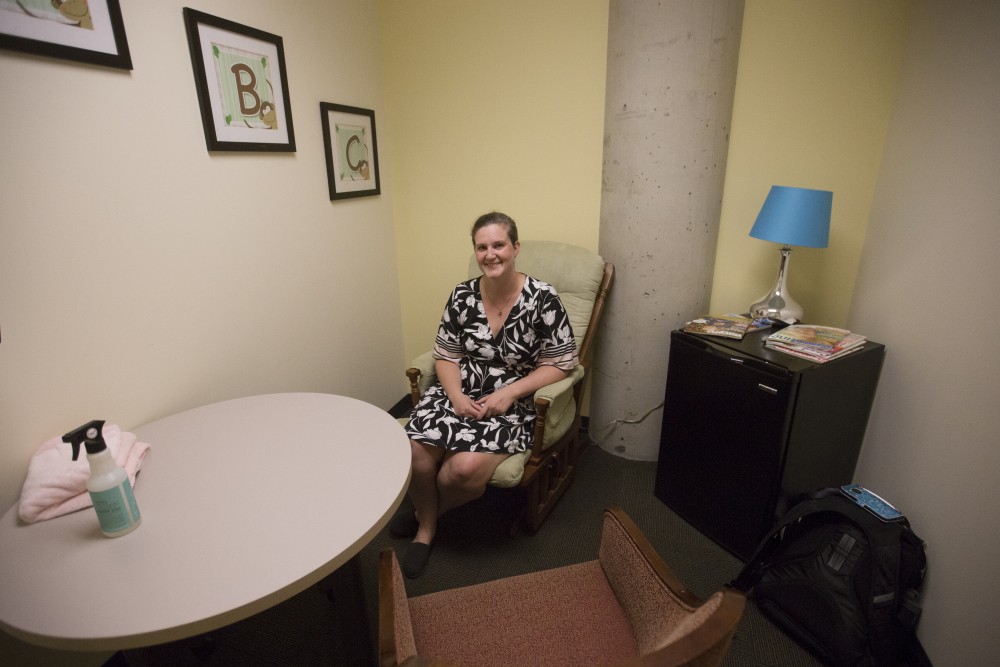The Lactation Advocacy Committee is working to provide adequate resources for nursing parents at the University of Minnesota after some parents said the number of lactation spaces is inadequate.
A new lactation space was added in Andersen Library in August. There are currently 35 lactation spaces on campus where parents can breast pump or breastfeed.
Many parents say the number of spaces across the University doesn’t meet the needs of the University due to how spaced out they are and the high demand for them.
“Providing adequate time and place for breastfeeding parents is fundamental to a campus that is committed to equity,” said Sara Benning, co-chair of the LAC.
The lactation spaces vary, with some offering seating, refrigerators and breast pumps. Despite the increased number of these spaces, LAC members continue to look for ways to improve conditions for breastfeeding parents on campus.
Without adequate lactation spaces or time, parents have resorted to breast pumping in conference rooms, cars, bathrooms and even dropping out of classes.
“There are so many parents out there that need a space, that need to know it’s going to be okay and you don’t need to drop out of school,” said Katie Robertson, a masters student in the Carlson School of Management and a parent. “It’s already a rough period in your life.”
In 2009, the Student Parent Help Center and the Women’s Center created the LAC to help provide sanitary lactation spaces for faculty, staff and student parents at the University.
The Women’s Center continues to advocate for breastfeeding parents and the LAC applies for funding through the Gender Equity Grant.
“We saw this as an issue that connected with the mission of our office, in terms of gender equity and how … we help educate folks on campus,” said Anitra Cottledge, director of the Women’s Center.
Student parent experiences
If a department or building does not have a space, parents are forced to go elsewhere to find a place to breast pump.
“Without adequate places and time for breastfeeding, individuals are choosing between breastfeeding and fully engaging in an academic and professional life at the [University],” said Sarah Keene, co-chair of LAC.
After conducting a variety of student parent focus groups, Mikaela Robertson, a health promotion associate for the Boynton Health Center, said many students are in supportive situations but still face challenges.
After returning to the University in the fall of 2017 with a 3-month-old son, Chelsea Ward, a fifth-year senior, said she received criticism from students and a professor for her choice to breast pump on campus.
Ward said she received more push back for breast pumping on campus than she did breast feeding her son at the University and had to work her class schedule around breast pumping.
Need for improvement
Despite the various centers around campus, members of LAC explain there is a lack of university policy that advocate for breastfeeding parents.
“The Lactation Advocacy Committee believes students would fare better if the University had a set policy that defines the lactation accommodations and that the University will provide space and break time,” Robertson said.
A policy would help recruit and retain University faculty members that are parents and have additional responsibilities outside their work, Cottledge said.
The LAC provides resources for the location of spaces on their website and allows people to apply to register a lactation space, but some parents and LAC members acknowledge this is not enough.
“It’s not institutionalized,” Robertson said. “There is no campus-wide plan to build out a complete network of lactation spaces. There is no central contact where students can get help setting up a lactation space in their building.”








